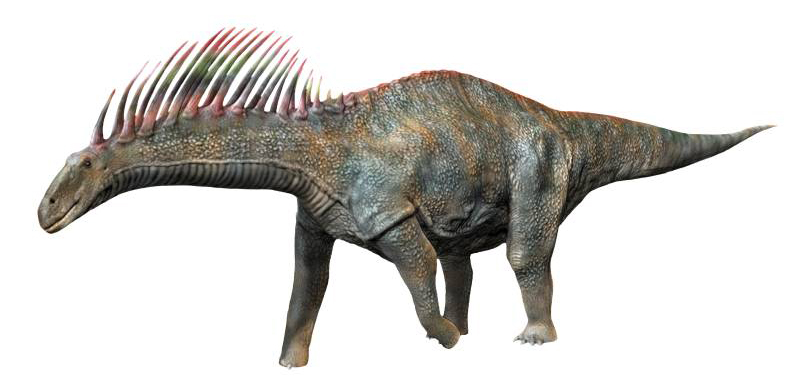The Spiky-Backed Dinosaur of the Early Cretaceous
Amargasaurus was an intriguing dinosaur that lived around 130 million years ago during the Early Cretaceous period.

| Meaning | La Amarga lizard [Amarga-saurus] |
| Pronunciation | ah-MAR-guh-sore-us |
| When: | Early Cretaceous (about 129–122 million years ago) |
| Where: | South America (present-day Argentina) |
| What: | Sauropod (quadrupedal herbivorous) |
| Weight: | Estimated around 2–3 metric tons |
| Length: | Approximately 9–10 meters (30–33 feet) |
| Diet: | Herbivorous (ate low-lying vegetation) |
| Discovered: | First described by Leonardo Salgado and José Bonaparte in 1991 |
It belonged to the sauropod family and was notable for its unique rows of spines that ran down its neck and back. These spines were unusually long, reaching up to 2 feet in height, and likely supported skin sails or some form of display structures.
Despite its impressive spines, Amargasaurus was relatively small for a sauropod, measuring about 30 feet in length. It had a long neck and tail, typical of sauropods, and walked on four sturdy legs. Its head was small with a pointed snout and teeth adapted for eating vegetation such as ferns and cycads.
Fossils of Amargasaurus have been discovered in Argentina, South America, specifically in the La Amarga Formation, which is how it got its name. This dinosaur likely lived in forests and open woodlands, browsing on low-lying vegetation.
